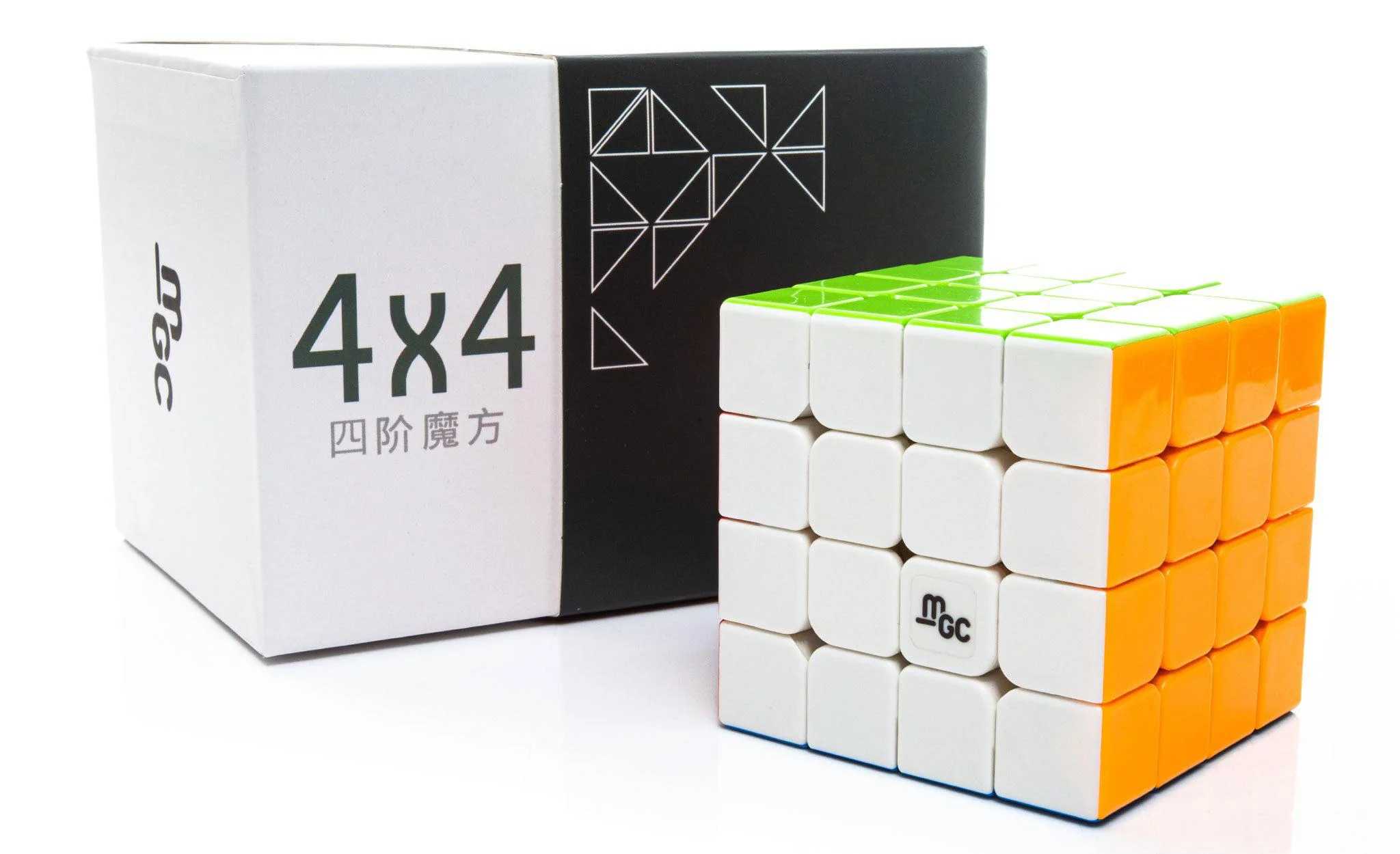A 4×4 rubik’s cube is a puzzle with four similar center pieces on each face and eight pairs of edges. There are two types of centers: those that match the other center pieces and those that don’t.
The best 4×4 speedcubes offer excellent corner cutting which is very important when speedsolving. They also provide enough control without sacrificing too much speed.
Getting Started
For anyone who hasn’t solved a 4×4 cube before, the first step is getting familiar with the mechanism. The best way to do that is watching some tutorial videos online.
This will give you a good understanding of how the cube moves and how it’s put together. It will also help you get a feel for how fast to solve the cube.
Once you’re comfortable with that, start practicing on the original 3×3 cube. Once you’re proficient at that, you can move on to the 4×4.
The main difference between the two is that the 4×4 has parity cases that aren’t present in the original 3×3. This will add a few steps to your solving process. Also, it has a slightly different mechanism that requires a bit of practice to get used to. Nevertheless, the learning process is still very similar. The only real difference is that once you reach this stage, there’s a lot more advanced algorithms that can be applied.
Basic Algorithms
There are two main algorithms that you will need to learn when solving a 4×4 rubik’s cube. The first deals with center pieces and the second is a way to deal with parity errors.
Start by lining up the center pieces. This is easy, just take any pair of edge pieces and place them into a position where the center piece matches them (red on red or blue on blue).
Then solve the cube like you would a 3x3x3, until you encounter a parity case (refer to the table above for help). Once you have dealt with the parity issue, then continue on with the standard method. It should be noted that this step may require a few iterations. This is due to the fact that it can be difficult to find the right spot for the corner/edges without disturbing the centers. This is a normal part of the process and will be resolved quickly.
3-2-3 Edge Pairing
As with the 3×3 cube, you’ll need to know a few algorithms in order to be able to solve the 4×4. The most important of these are the 3-2-3 edge pairing and center pair algorithms. These allow you to solve the cube without touching any of the inside layers. This is very useful for beginners and makes the cube much faster to solve.
For this step, you want to start with two edge pieces that match but have opposite colors (eg fl and rd). These should be in the front/left or front/right slice layer. If this is the case, you can use the flipping algorithm (R u R’) to make them matching.
You can then move on to solving the edges and corners. During this step, you should be turning fairly fast because you’ll need to spot the pieces and move them as soon as possible to avoid pausing too long. Watching videos of fast cubers and attempting to implement their techniques can help you learn how to do this quickly.
Advanced Algorithms
After you master the beginner’s method and can solve your cube in less than 2 minutes, it’s time to learn the speedsolving methods. This involves learning a handful of set procedures, called algorithms, to complete the cube.
Start by finding a corner piece that is in the correct position (the surrounding cube face colors match those on the center piece, in any order). Now move this corner to the top right of your front row. Next, find a pair of edge pieces that need to be paired up (they have matching color pairs on the corners).
Line up these edge slots as described in algorithm 3 until all edges are solved. If a parity case arises, apply algorithm 6. This will solve the parity, and you can continue to solve the cube using standard 3x3x3 methods. Typically, this takes two to four moves. Then, reapply the algorithm for any other parity cases that appear. Continue to reapply the algorithm until all parities are solved.
